baby practice breathing in womb
 Baby Practice Breathing in Womb 39 Weeks Pregnant - YouTube
Baby Practice Breathing in Womb 39 Weeks Pregnant - YouTubeHow babies breathe in the uterus Babies who develop need oxygen that starts early in pregnancy. But a baby won't take his first breath until after birth. This means that babies don't really breathe in the uterus. Instead, the umbilical cord provides the baby with oxygen to the first breath. Pulmonary development begins early in pregnancy, but is not complete until the third quarter. Between 24 to 36 weeks of pregnancy, the lungs begin to develop alveoli – the small pulmonary sacs that fill with oxygen. Until these bags are fully developed, a baby may have difficulty breathing on its own outside the uterus. Women who give birth sometimes care about how their babies will breathe, especially when the baby runs through the narrow confines of the birth canal. The umbilical cord continues to supply a baby with oxygen until after birth. Quick data on how babies breathe in the uterus: Several biological systems and processes play a role. They include: The umbilical cordAfter, the umbilical cord develops to deliver oxygen directly to the body of the developing fetus. The connection to the placenta, which is connected to the uterus. Both structures house many blood vessels and continue to grow and develop during pregnancy. Together, the umbilical cord and placenta provide nutrients from the mother to the baby. They also provide the baby with the oxygen-rich blood needed for growth. This means that the mother breathes for the baby, and the oxygen in her blood is transferred to the baby's blood. The mother also breathes for the baby, as the baby's carbon dioxide moves through the placenta to the mother's blood, removed with exhalation. Substances that enter the developing baby, such as oxygen, never interact with substances that leave the baby, such as waste products. They travel through the umbilical cord through two separate blood vessels. Pulmonary development in wombLung development is usually completed after pregnancy. However, development varies and it is possible to discalculate when a baby was conceived. That's why even premature babies often experience breathing difficulties. Accelerating the development of the baby's lungs. When a woman should give birth early, or when she is at risk for premature delivery, doctors may recommend steroids given to the mother to improve the chances of survival of a baby outside the womb. Even when the lungs of a fetus are fully developed, it is impossible for the fetus to breathe until after birth. Developing babies are surrounded by , and their lungs are filled with this fluid. By gestation, developing babies begin to take "practical" breaths. But these breaths don't provide them with oxygen, and only fill the lungs with more amniotic fluid. Because it is normal for the lungs of a fetus to be filled with fluid, a fetus cannot drown in the uterus. If there is a problem with placenta or umbilical cord, there is no other way for a developing baby to breathe. As a result, problems with these structures can cause birth defects, brain injury or even death of the fetus. Some babies are born with the umbilical cord wrapped around the neck. This relatively common problem, called nucal cord, occurs in . In most cases, it does not cause problems. This is because the umbilical cord is still able to provide the baby with oxygen. However, if the cord is wrapped very tightly around the baby's neck, the supply of oxygen on the rope could be limited. During birth, the care provider will check for a nucal cord and, if possible, decompress the cord. Once the baby is born, the new environment, which includes temperature changes, lack of amniotic fluid and air exposure, triggers the baby's first breath. Some babies have their first bowel movement during birth, before leaving the uterus. This stool is called meconium. During a practical breathing during or shortly before birth, . Inhaling the meconium can be serious and can damage the baby's ability to breathe outside the uterus. So babies who have inhaled meconium may need treatment with suction and oxygen after birth. Many hospitals offer the birth of water, which some women prefer traditional birth options. Women who give birth at home or in childbirth can also choose the birth of water. The birth of water can be soothing, can help with pain relief, and imitates the uterus environment. It's, and it won't affect the baby's ability to breathe. This is because the baby will continue to receive oxygen from the umbilical cord until it is removed from the birth tub. A baby who left in the birth tub for too long could drown theoretically. suggests that a baby may be injured during the delivery of water. However, a review that looked at 12 previous studies on the birth of water found no increase in the risk of harm to the baby. The baby is raised and comes out of the water and takes his first breath then. It is worth noting that both the American College of Obstetricians and gynecologists and the American Academy of Pediatrics water delivery. When a baby does not get enough oxygen during and immediately after delivery and birth, . Hypoxia deprives the brain and body of oxygen they need to function properly. This can cause a series of birth injuries, including and death. Common causes of hypoxia include: Quality prenatal care and a care provider during birth can greatly reduce the risk of hypoxia. A baby who experiences hypoxia may need support attention, such as oxygen therapy or a fan. Last medical review on August 18, 2017Most recent newsRelated coverage

Baby practicing breathing in the womb - YouTube

BABY PRACTICE BREATHING IN WOMB CAUGHT ON CAMERA! - YouTube
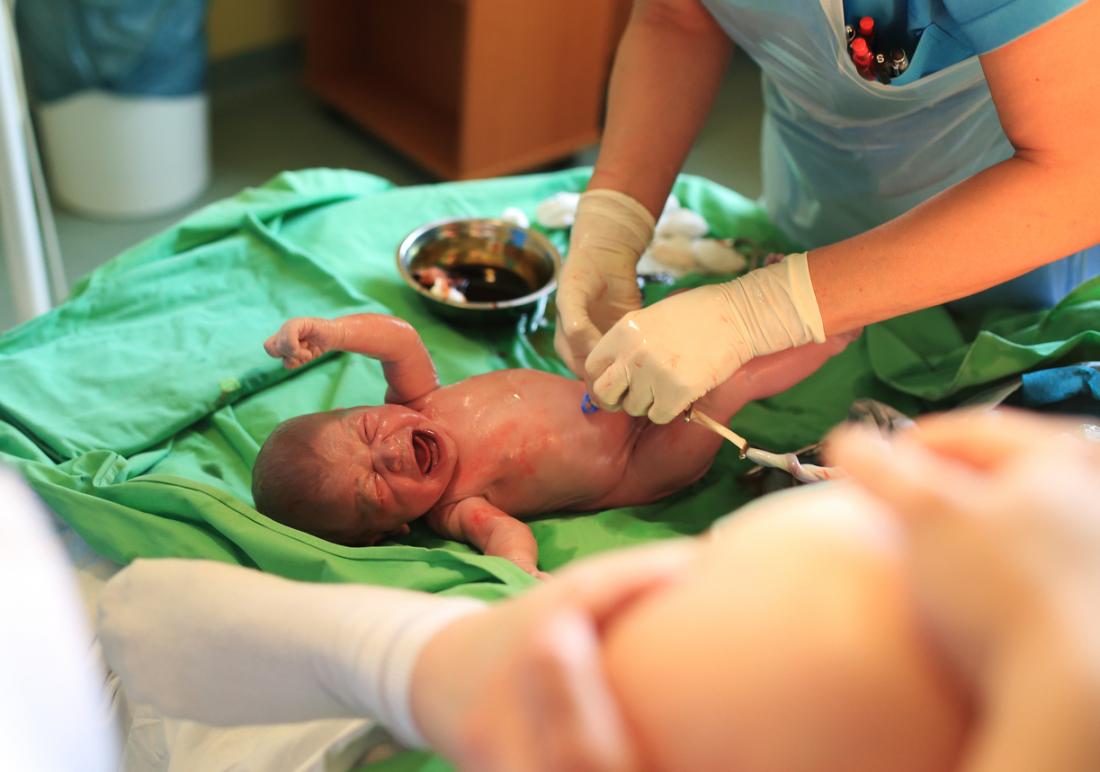
How do babies breathe in the womb?
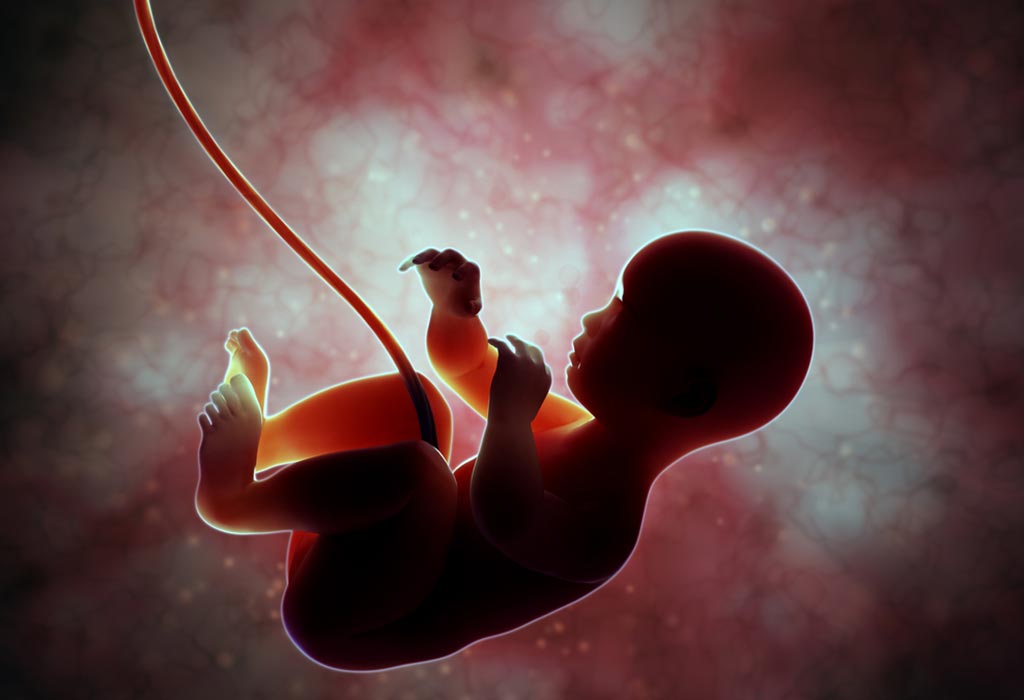
How Does a Baby Breathe in the Womb?

How do babies breathe in the womb?

The Sonographer Points Out with Stock Footage Video (100% Royalty-free) 9228398 | Shutterstock

Baby Caught Breathing In Womb 37 Weeks & After Birth Video - Can You See Baby Breathing In Belly? - YouTube

How Do Babies Breathe in the Womb?

In-Utero Practice Breathing | Talk Birth

Can I Feel My Baby Breathing In The Womb - Baby Viewer

Do Babies Cry in the Womb? Plus, What It May Mean

Hiccups — The Bump

Baby practice breathing in womb 34.5 weeks 😍😍😍 - YouTube
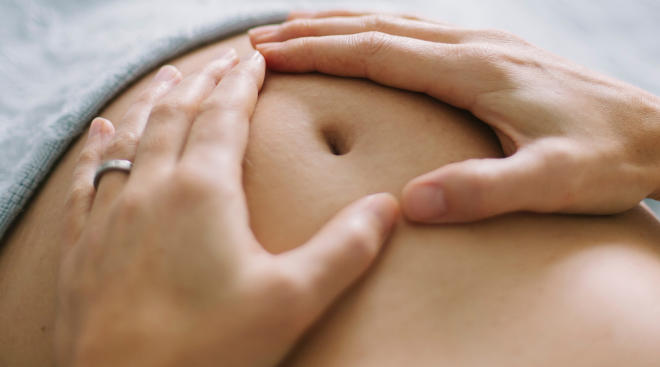
Fetal Hiccups: Why Do Babies Get Hiccups in the Womb?

How do babies breathe in the womb?

A Week by Week Guide through Fetal Development – Afflictions eclipsed by glory

31 Weeks Pregnant. Baby Practicing Breathing In Uterus - YouTube

Baby Practice Breathing at 36 Weeks Gestation - YouTube

26 weeks pregnant: Your baby's lungs are developing to breathe! - Times of India
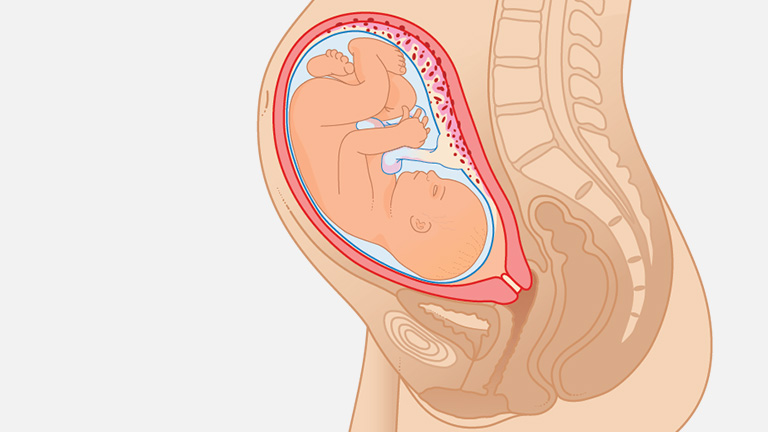
32 Weeks Pregnant - Symptoms, Baby Development, Tips - Babylist
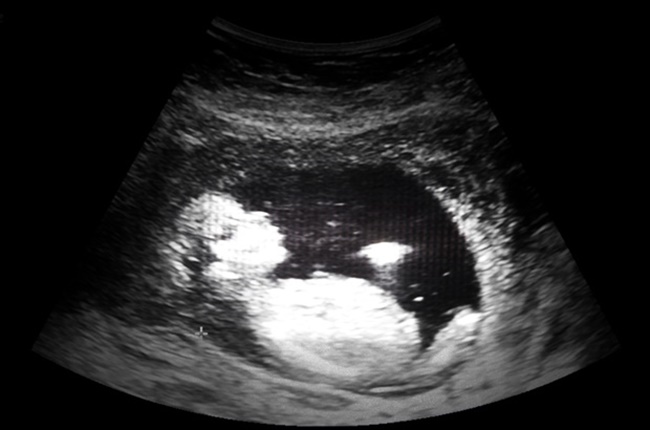
When does an unborn baby start to breathe? | Parent

8 Amazing Things A Baby Does In The Womb
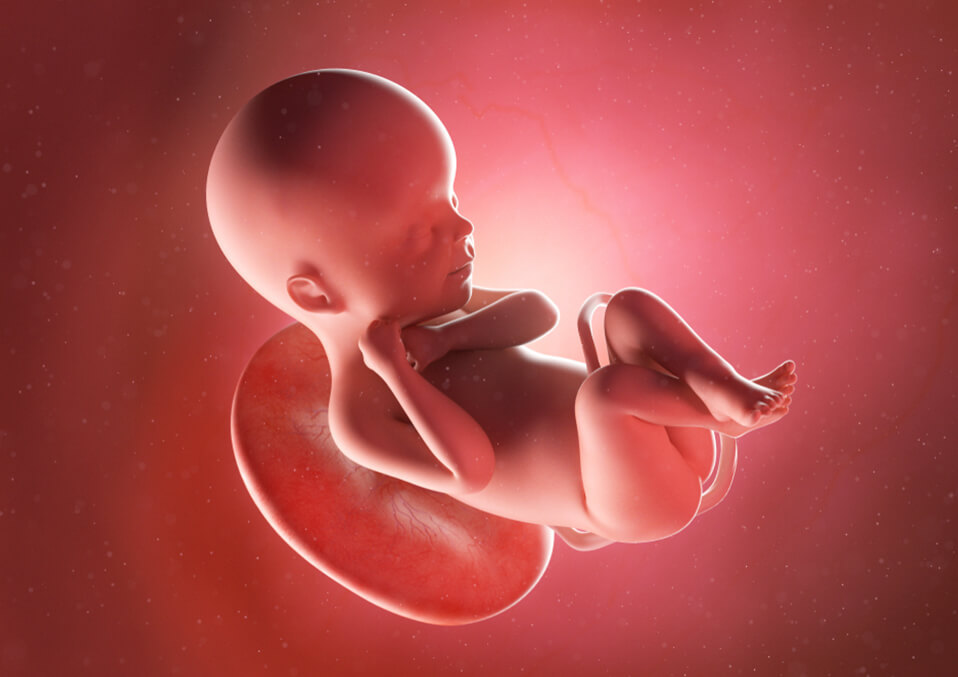
Facts about How do Babies Breathe in the Womb | Kingdom Of Baby
How do babies breathe in the womb? | Nitid Life
When 20 Weeks Pregnant, Your Baby Swallowing And "Breathing"
How your baby is learning skills for life in the womb

How Do Babies Breathe in the Womb?

Pregnancy week 22 to week 26 - Shapee

Not Often Visualized On Ultrasound, Stock Footage Video (100% Royalty-free) 9228365 | Shutterstock
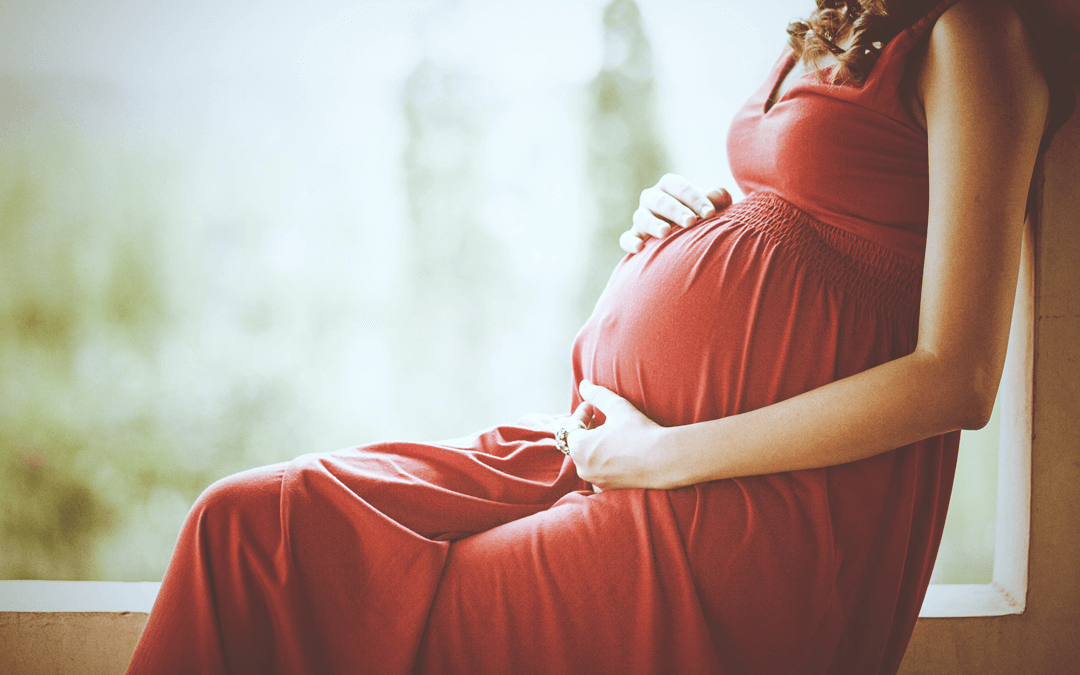
How do babies breathe in the womb? | Cells4Life
/GettyImages-954315632-054fba41fa04464ca2ff90e538ab25ab.jpg)
Shortness of Breath and Rib Pain in Pregnancy
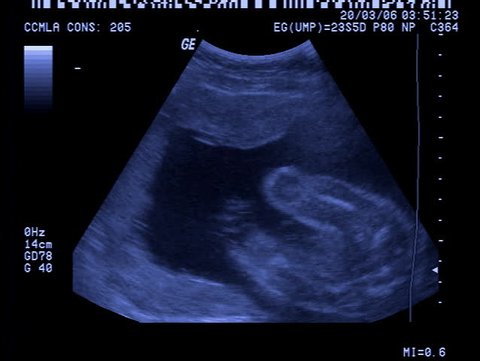
In the Utero an Infant Stock Footage Video (100% Royalty-free) 9228377 | Shutterstock
/GettyImages-699084531-5a957a4a04d1cf0037c535c4.jpg)
How Babies' Lungs Develop In and Out of the Womb

I can feel her breathing — The Bump

What does it mean if my baby isn't taking a lot of practice breaths in the womb? | Givemebaby

Pin on Babies

5 Benefits Of Doing Breathing Exercises During Pregnancy

How do babies breathe in the womb?
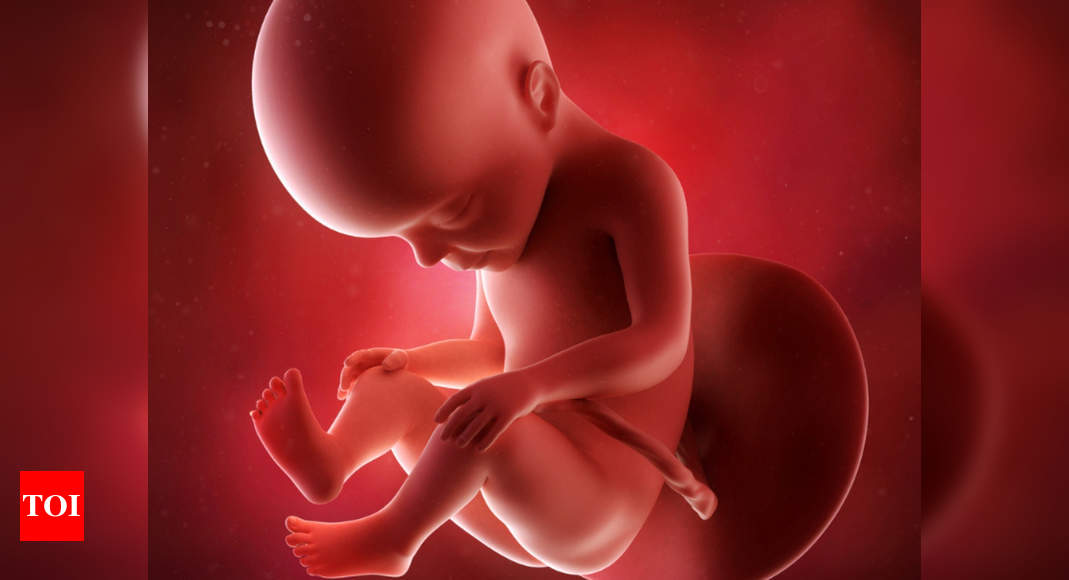
27 weeks pregnant: Your baby can open its eyes now! - Times of India

Facts about How do Babies Breathe in the Womb | Kingdom Of Baby
Posting Komentar untuk "baby practice breathing in womb"